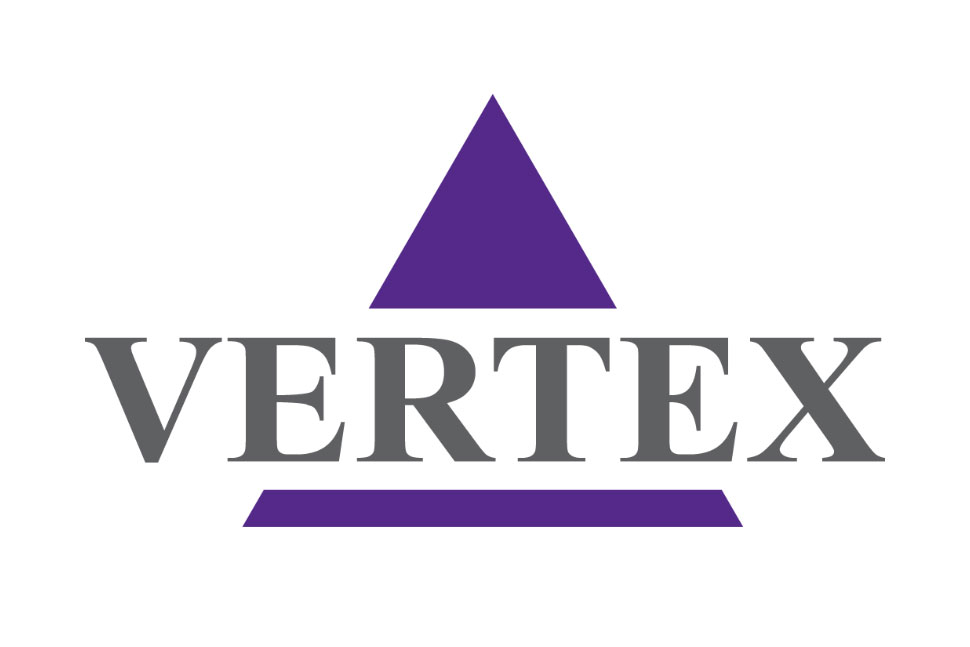Yesterday, in honor of Dr. Martin Luther King, Jr., our family sat together to watch his “I Have a Dream” speech. The children were excited to see the video because we had just visited the Lincoln Memorial last spring. Our daughter recalled with excitement that “Grandma was there at the speech,” to which our younger son asked, “Why was Grandma there?” Ah, one of these moments when history meets family history.
Earlier in the day, I asked my son about a coloring page of Dr. King I found in his school folder. I asked him, “what did you learn about Dr. King”? “He spoke a lot,” my son replied. “About what?” I asked. “That people should share.” For a seven year old, that was the extent to which he wanted to talk about this and moved on with his play.
But when we reviewed the video of the speech later in the day, he seemed puzzled why Grandma would be there. He couldn’t connect how “that speech” which he had learned about in school, related to our family. As my husband explained, Grandma is African-American, and because her skin color is dark, there were many things she wasn’t allowed to do. “What do you mean?” our son asks. So we told him:
- Grandma could not sit in the front of the bus, like Rosa Parks.
- Grandma could not go to the other side of St. Louis, where she grew up, because she was “black” and only “white people” could go there.
- When she was at a train station, she couldn’t sit where the “white people” sat.
- When Grandma and Grandpa got married, it was illegal in many parts of our country because Grandpa was “white” and Grandma was “black”.
He seemed to begin to understand. He looked at his arm and compared it to his sister, mother and father. He said, so we could have sat with the “white people” because our skin is whiter? Another simple but searing question asked by the innocent. “Well,” I said, “not really, because you look Asian. You’re not 100% “white”. He seemed utterly confused.
In these moments of speaking with my children, I see how arbitrarily we adults create our lines. How much our lens limit our fullest experience with other human beings. Through my children’s eyes, I see the absurdity and utter destructiveness with which we adults can create our world. Our son couldn’t believe that he would have been forbidden to hang out with some of his closest friends, who happen to be Caucasian, African-American and Asian. He loves his friends. As a mom, I see how their differences have added to his experience as a little human being. His confusion about this conversation gave me pause, and hope, that his generation might come closer to a truer acceptance of differences, towards a world where everyone’s voice is recognized and valued.
In our adult world, as professionals and executives, faculty and administrators, how do we each engage with our world? How do we integrate (or don’t) with those around us? In our work, how well do we listen with intent, to individuals who are different from us, such as those moments when we need to strain to understand through accents or unusual customs? How well do we listen to those who speak too directly or indirectly? How well do we listen to those with whom we just feel “awkward” around? Have you ever thought why you feel awkward about that person? Is it personality? Dress? Race and ethnicity? It’s worth taking a moment to consider.
Truly listening to others who are not similar to us is so critical. Here are some practical why’s:
- creativity and innovation are boosted if a diversity of ideas are encouraged
- a better solution will be created when varying and opposing perspectives are captured (remember this related issue with the 2008 financial crisis?)
- productivity is boosted when people feel sincerely valued
- engagement is boosted when we social humans connect with others
On a grander scale, listening to others, as many spiritual masters have stated, is an act of peacemaking. Gosh, couldn’t we benefit from that a bit more in our world today?
In my work in leadership development and cross-cultural communications, I see everyday, the greater opportunity for a “we” approach. The solution is simple. Doing it, however, is the challenge for each of us. So what is this solution? The solution is found in the words of Dr. King’s “I Have A Dream” speech:
“I have a dream…will be able to sit down together at the table of brotherhood…”
“I have a dream…they will not be judged by the color of their skin but by the content of their character.”
“We can not walk alone”
In so many corners of our world today, including ours in the United States, Dr. King’s message about our opportunity to act in greater unity, to engender freedom for all, to create peace and hope, is ever more relevant. We each have a role to play.













